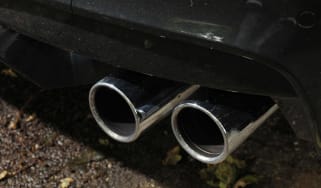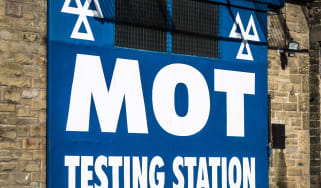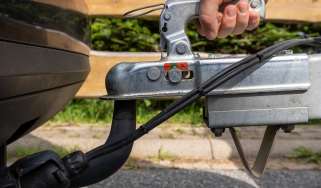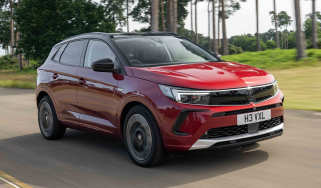More smart motorway refuge areas to be built
Safety concerns lead Highways England to move frequency of refuge areas from 1.5 miles to every mile “where practicable”
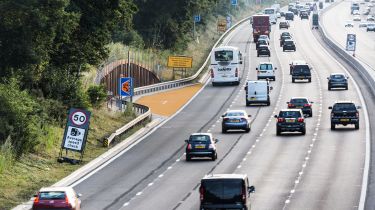
The frequency of motorway refuge areas – dedicated laybys for broken down vehicles to use on motorways with no hard shoulder – will be increased, it has been announced.
Highways England, the Government-owned company responsible for running the country’s motorways and major A roads, will build future refuge areas every mile “where practicable”, instead of every 1.5 miles. It will also install more refuge areas in locations “with the highest levels of potential live lane stops.”
• Government's £1m smart motorway payday
The laybys will be finished in orange “where appropriate” to make them more visible to drivers, extending a trial scheme on the M3 in Surrey.
Smart motorways, also known as all-lane running motorways, see the hard shoulder repurposed as an extra motorway lane – either permanently or when needed during peak times.
In a letter sent to the Transport Select Committee, Highways England chief executive Jim O’ Sullivan said all-lane running motorways deliver “comparable levels of safety to traditional motorways”, though a previous AA survey found 80 per cent of drivers felt them to be more dangerous than traditional motorways.
Further safety measures for smart motorways include a stopped vehicle detection system, due to be rolled out this year following trials on the M25. Highways England also said it had reduced “non-compliance with red-x signals” to around eight per cent, meaning a significant number of motorists are still driving in closed smart motorway lanes. This offence is likely to bring fines and penalty points in 2018.
Orange refuge areas trialled
The first high-viz bay was revealed on the M3 near Camberley in Surrey in 2017. Back then, Highways England said more refuge areas will be painted in the same manner if the trial was successful.
The move was part of a wider review of smart motorway refuge areas called by the Transport Secretary earlier this month.
Jim O’Sullivan, chief executive at Highways England, said at the time: “We recognise the public concern about smart motorways and we also believe that changes such as these will help drivers have confidence when using them and be clear about where they can stop in an emergency.
“That is why we are trialling these highly visible new style emergency areas. The bright orange colouring will make them as easy as possible to spot and should also discourage drivers from using them in non-emergency situations."
The RAC previously revealed that despite being built at 1.6-mile intervals, refuge areas on smart motorways are a mystery to 52 per cent of motorists.
Last year the Transport Select Committee branded plans to permanently convert hard shoulders into live running lanes "unacceptable", after it raised safety concerns over breakdowns and accidents.
Pete Williams, road safety spokesman at the RAC, said: “Breaking down on a motorway can be an incredibly frightening experience. This is heightened by the lack of understanding of what to do on new smart motorway sections due to concerns about where to find safety when there is no hard shoulder or it is operating as a running lane.
• Which is the UK's slowest motorway?
“Smart motorways are becoming an increasingly common feature of our motorways across England as they are rolled-out in effort to tackle congestion but there is still a good deal of misunderstanding about what to do in the event of a breakdown or an accident.”
Transport Secretary Chris Grayling said: “Our roads are some of the safest in the world but we are always looking at making them safer. Smart motorways are adding extra lanes to our busiest motorways and – as recent evidence shows – reducing the rate of crashes.
“We are making emergency refuge areas more visible to ensure motorists in trouble can easily identify where to stop safely.”
Do you find smart motorway refuges hard to see? Tell us in the comments


